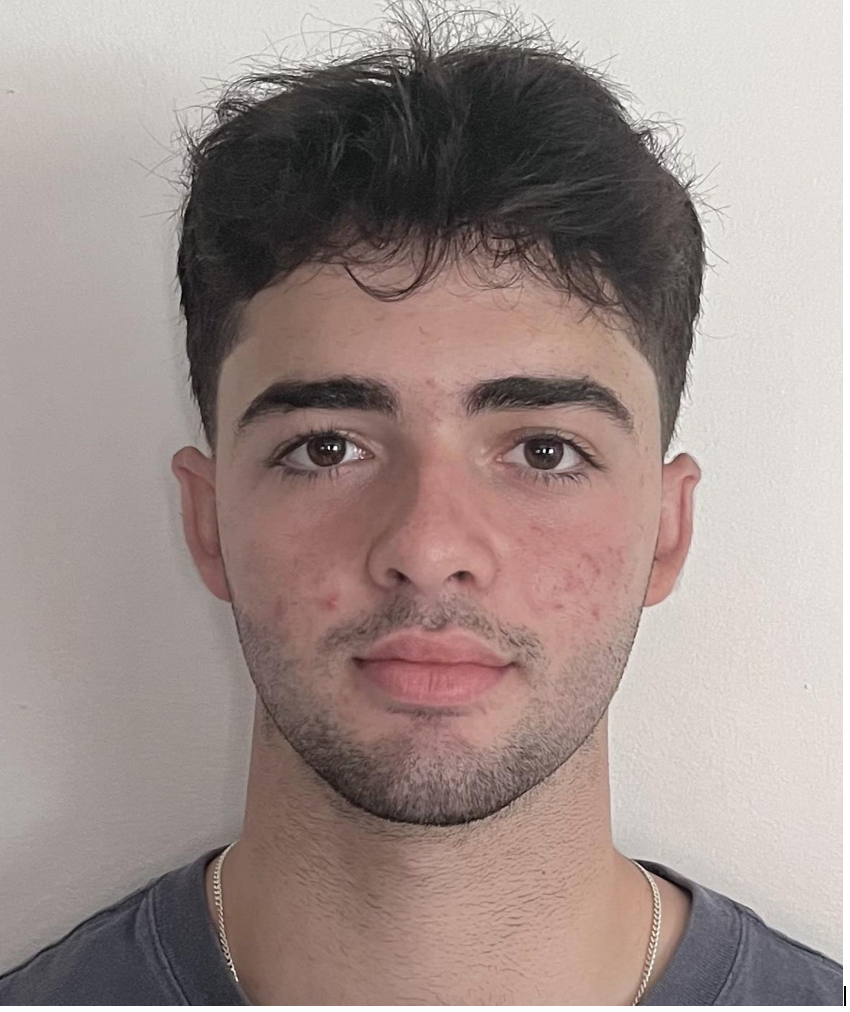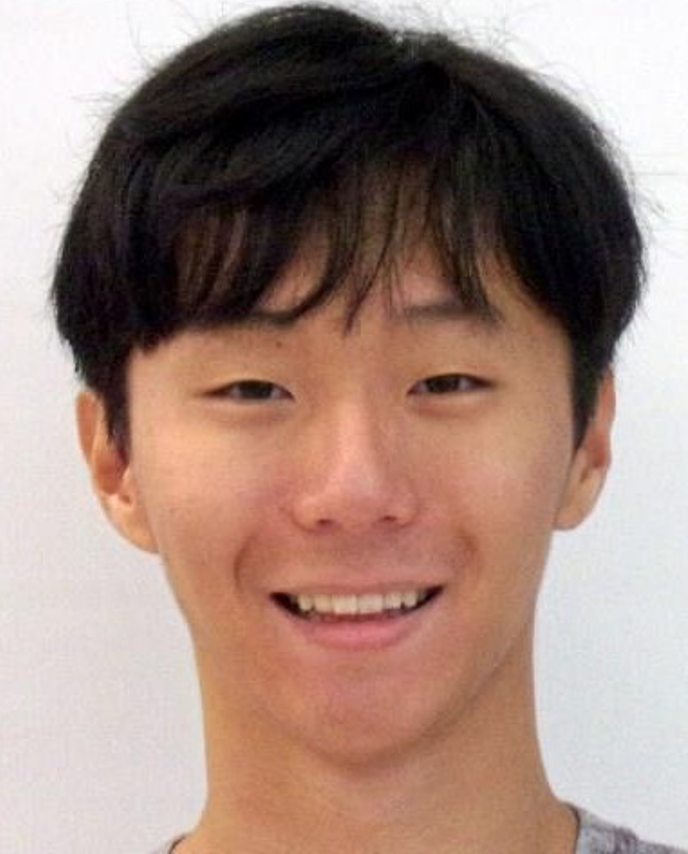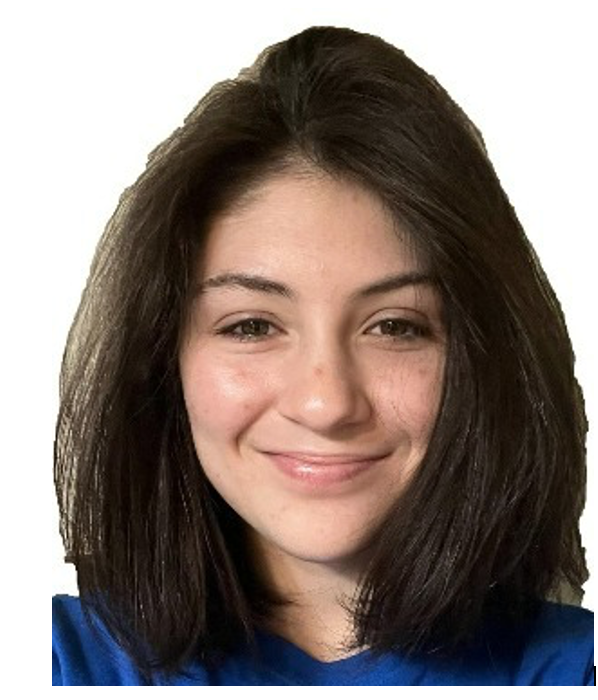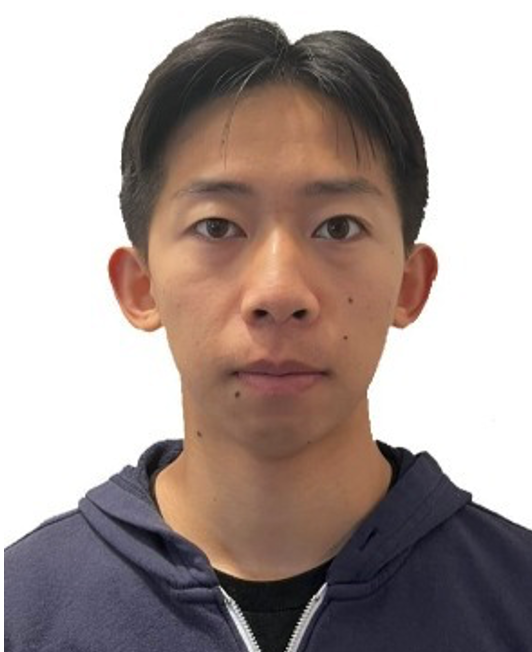Below is a summary of the abstract you submitted. Presenting author(s) is shown in bold.
If any changes need to be made, you can modify the abstract or change the authors.
You can also download a .docx version of this abstract.
If there are any problems, please email Dan at dar78@pitt.edu and he'll take care of them!
This abstract was last modified on March 12, 2024 at 11:19 p.m..

The SEA-PHAGE program aims to further our understanding of bacteriophages through the utilization of bioinformatics programs to characterize and annotate phage genes. Bacteriophages, also known simply as phages, are viruses that infect and kill bacterial cells. These phages will inject their DNA into host bacterial cells, produce replicate phages using the host cell machinery, and finally lyse the bacterium and release the virus. Recently, it has been shown that phages can be used in individuals that have developed antibiotic resistance. Since phages do not target human cells, there is a strong implication in using phages as a treatment option for bacterial infections. Thus, there is a significant medical, pharmaceutical, and biotechnology impact in studying phage genes and their function. The University of Southern California students have been investigating the microbacterium phage Clock, an EA5 subcluster phage that has a genome length of 41,642 base pairs. The focus of our research was to study and identify the function of all 57 genes within the phage Clock genome. With the use of software programs such as HHPRED, NCBI BLAST, and Synteny, we were able to determine the function of each gene. The majority of the genes within the phage Clock genome were identified as hypothetical proteins. However, with the use of various bioinformatics software programs (ie. DNA Master, Starterator, Phamerator, GeneMark, Glimmer, and BLAST), we were able to predict the open reading frames (ORFs), and assign each gene a start codon. Our study focuses on the annotation of genes 16-21, which includes some of the virion tail assembly genes within the phage Clock genome. These genes include the tail assembly chaperone, tape measure protein, and the minor tail proteins. These proteins play an important role in tail assembly of bacteriophages where the tape measure protein is essential for the formation of long-tailed phages. This requires the action of tail assembly chaperones and minor tail proteins. The tape measure protein stands out from all other proteins as it is usually encoded by the longest gene in the genome. Herein, we will describe and show data from our gene annotation process for these virion tail assembly genes.










